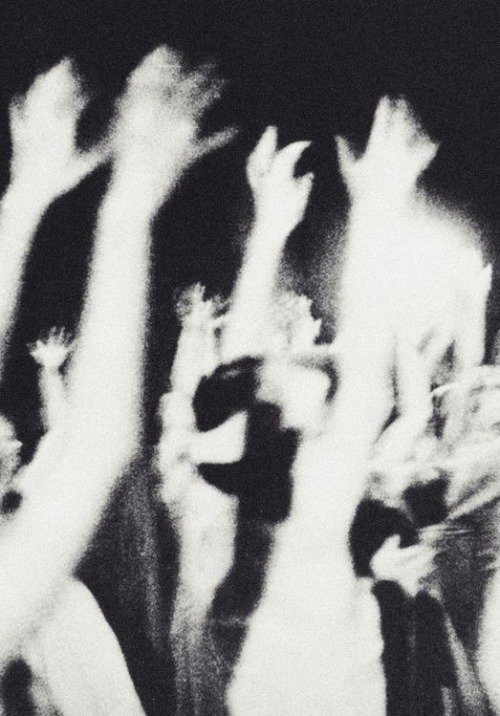The answer is: possibly. Party drugs have been around since the 1970s, at the beginning associated with the early disco and EDM. It can be said that the sound of EDM is simply compatible with the effect of party drugs (especially stimulants): they make the user feel more energetic, aroused, but also relaxed. They also affect the perception of the rave scenery, e.g. strobe lights and heavy basslines. In the end, though, the use of party drugs is a decision of the user themself, not a prerequisite to attend a rave.
The evolution of techno creates many chances and risks. The collectivity of cultural societies allows the youth to be both participants or creators, providing the opportunity of a quasi-professional experience, often at no cost. The direction of techno is undecided - there are too many genres and too many factors at play.
It could be argued that the current fusion of cultural influences is slowly blurring the line between techno, electronic music and party music in general. Variety of genres, although good on paper, divides the audience and hinders a clearer definition of techno.
Art is never fully explicit, but excessive ambiguity can distort the image - an important element of alternative culture. One thing is certain: the youth is enthusiastic and hungry for more.


